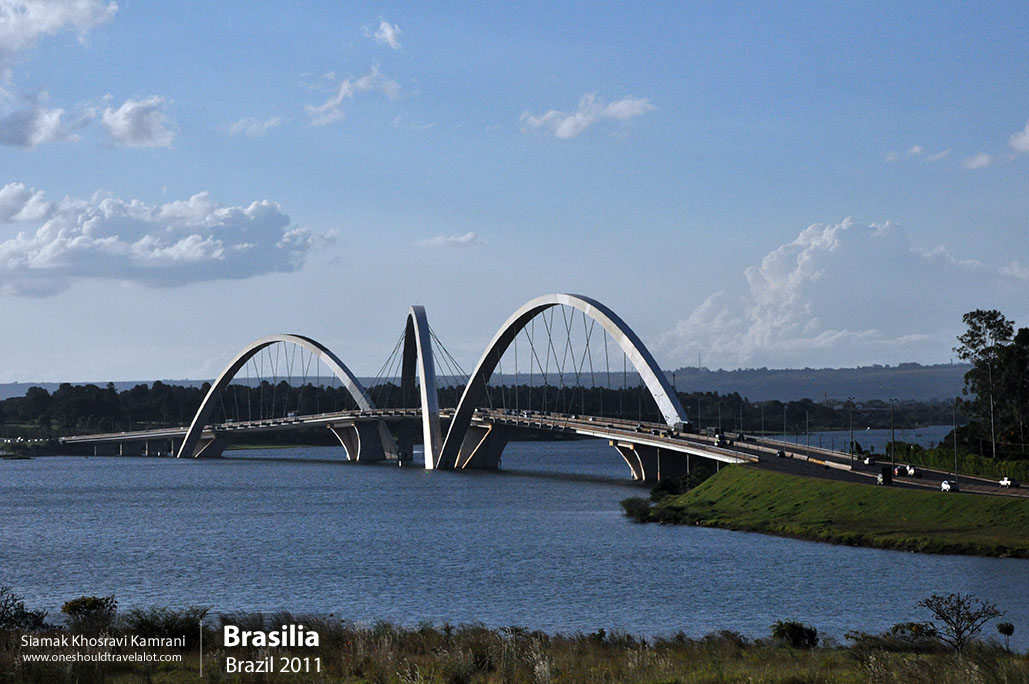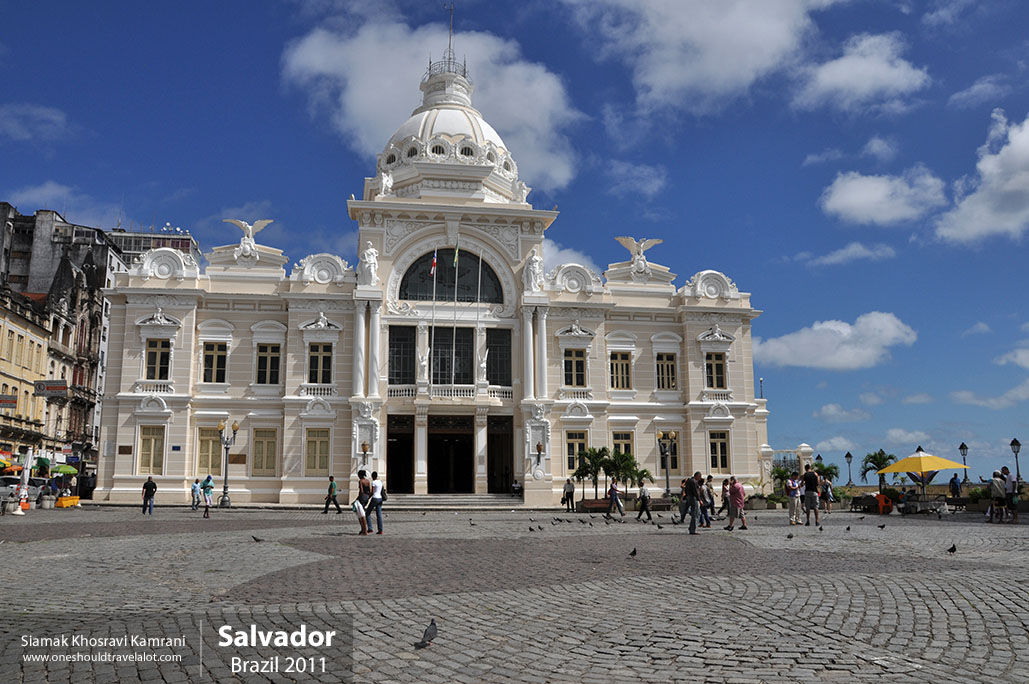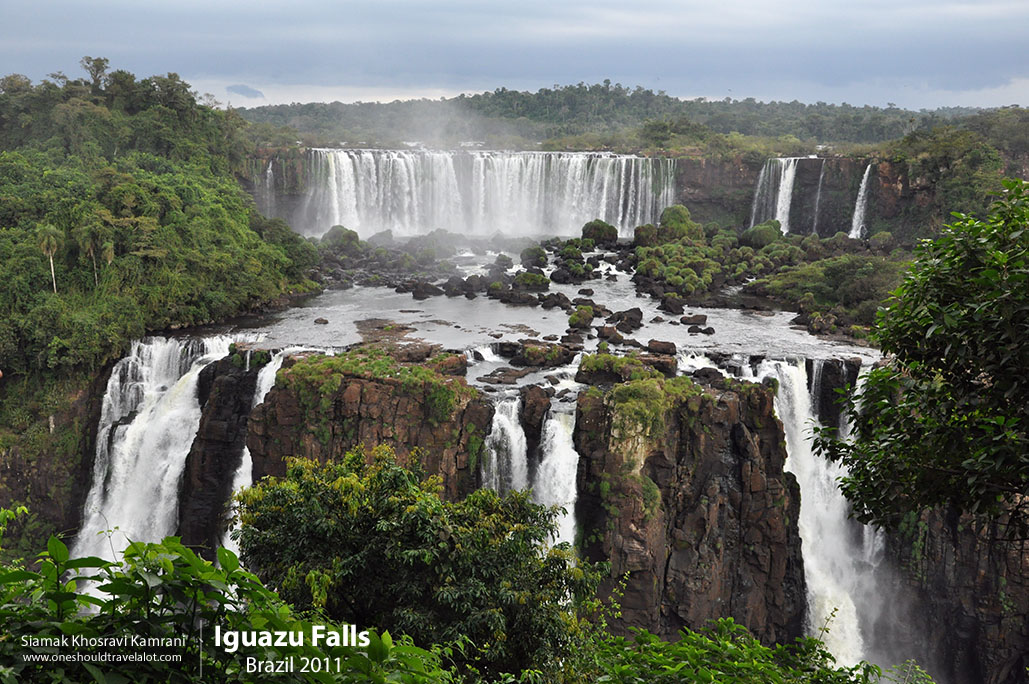Discovering Sao Luis: A Photographer’s Journey Through the Heart of Maranhão
Nestled on the northeastern coast of Brazil, Sao Luis, the capital of Maranhão, is a city that beckons with its rich history, vibrant culture, and mesmerizing landscapes. As a young photographer with a penchant for capturing the essence of every place I visit, I embarked on a journey to explore this enchanting city and document its unique charm through my lens.
The Journey Begins
Arriving in Sao Luis, I was immediately struck by the city’s blend of old and new. The standard of living here seemed moderate, with a palpable mix of urban development and historical preservation. The atmosphere was warm and welcoming, with the tropical climate adding a touch of exotic allure to the city’s overall vibe.
A Stroll Through History: The Historic Center
My exploration began in the Historic Center of Sao Luis, a UNESCO World Heritage site. This area is a testament to the city’s colonial past, with over 3,000 colonial buildings, many adorned with intricate Portuguese azulejos (tiles). Walking through the narrow cobblestone streets, I felt as though I had stepped back in time. The pastel-colored buildings with their wrought-iron balconies and large wooden doors provided a picturesque backdrop for my photographs.
I spent hours wandering through this historic district, capturing the play of light and shadow on the ancient façades. The people of Sao Luis, known for their warmth and hospitality, were more than willing to share stories of their city’s past. One elderly gentleman recounted tales of the French settlers who founded the city in 1612, followed by the Portuguese who left an indelible mark on its architecture and culture.
Embracing the Culture: Festivals and Traditions
Sao Luis is often referred to as the “Island of Love” and is renowned for its vibrant cultural scene. The city’s festivals are a testament to the diverse cultural tapestry that defines this region. I was fortunate to visit during the Bumba-Meu-Boi festival, a colorful and lively celebration that takes place in June. This festival is a unique blend of African, Indigenous, and European traditions, featuring music, dance, and elaborate costumes.
Photographing the Bumba-Meu-Boi festival was an exhilarating experience. The streets came alive with the rhythm of drums, the strumming of guitars, and the melodic voices of singers. The performers, adorned in bright, extravagant costumes, moved gracefully to the beat, their energy and enthusiasm infectious. Each click of my camera captured the essence of this cultural extravaganza, from the vibrant colors to the joyous expressions of the participants.
The Rhythms of Reggae
An unexpected cultural revelation in Sao Luis was the city’s deep connection with reggae music. Known as the “Brazilian Jamaica,” Sao Luis has embraced reggae with a fervor unmatched by any other place in Brazil. The reggae clubs and bars scattered throughout the city are a testament to this unique cultural phenomenon.
One evening, I ventured into a local reggae bar, where the pulsating beats of reggae music filled the air. The patrons, a mix of locals and tourists, swayed to the rhythm, their bodies moving in harmony with the music. The atmosphere was electric, and I couldn’t resist joining in the dance. Capturing these moments on camera, I realized how deeply reggae is ingrained in the soul of Sao Luis, bridging cultural gaps and bringing people together through music.
The Natural Beauty: Lagoa da Jansen and Beyond
Beyond its cultural riches, Sao Luis is blessed with stunning natural landscapes. One of the highlights of my trip was a visit to Lagoa da Jansen, a large lagoon surrounded by lush greenery and dotted with charming cafes and restaurants. The lagoon is a popular spot for both locals and tourists, offering a serene escape from the hustle and bustle of the city.
I spent a tranquil afternoon here, capturing the serene beauty of the lagoon. The reflection of the sky on the calm waters created a mirror-like effect, making for some breathtaking shots. As the sun began to set, casting a golden glow over the landscape, I felt a profound sense of peace and contentment.
Immersing in Local Flavors
No journey to Sao Luis would be complete without indulging in the local cuisine. The culinary scene here is a delightful fusion of African, Indigenous, and Portuguese influences, resulting in a unique and flavorful dining experience. From street food vendors to upscale restaurants, the city offers a plethora of options to satisfy any palate.
One of my most memorable culinary experiences was at a local eatery where I tried “arroz de cuxá,” a traditional dish made with rice, dried shrimp, and a tangy sauce made from vinagreira leaves. The flavors were bold and complex, a true reflection of the diverse cultural influences that shape the cuisine of Sao Luis. Another highlight was the “tapioca,” a versatile dish made from cassava flour, which could be filled with either sweet or savory ingredients.
The People of Sao Luis: A Melting Pot of Cultures
The people of Sao Luis are as diverse as the city itself. The population is a melting pot of ethnicities, with Afro-Brazilian, Indigenous, and European influences evident in the city’s cultural fabric. This diversity is reflected in the local customs, languages, and traditions, making Sao Luis a vibrant and dynamic place to explore.
During my stay, I made it a point to interact with the locals and learn about their way of life. I was struck by their resilience and optimism, qualities that have helped them preserve their rich cultural heritage despite the challenges they face. The locals spoke a mix of Portuguese and local dialects, and their conversations were often punctuated with laughter and animated gestures.
A Photographer’s Paradise
For a photographer, Sao Luis offers an endless array of subjects to capture. From the historic architecture and vibrant festivals to the natural beauty and diverse culture, every corner of the city is a visual feast. The play of light on the colonial buildings, the colorful costumes of festival dancers, the serene landscapes, and the expressive faces of the locals all provided me with a wealth of photographic opportunities.
One of my favorite shots from the trip was of a group of children playing soccer on a sandy beach, their silhouettes outlined against the setting sun. The joy and innocence on their faces were a poignant reminder of the simple pleasures of life. Another memorable photograph was of an elderly woman, her weathered face and wise eyes telling a story of a lifetime spent in this beautiful city.



